
Teens in North Carolina once at risk of being locked up by the criminal justice system have instead created a place where good things grow, by “flipping” a decaying prison into a flourishing farm, and creating a sustainable model for others.
The Youths Who Turned a Prison Into a Farm
Surrounded by tall fences and razor wire, a group of high-school-aged young men affiliated with the nonprofit Growing Change are farming in an abandoned prison in rural Wagram, North Carolina. Since 2011, this group has been working to “flip” the Scotland Correctional Center—a facility decommissioned in 2001 and subsequently left to decay—into a sustainable farm and education centre. They’re leasing the property at no cost from the state’s Department of Public Safety.
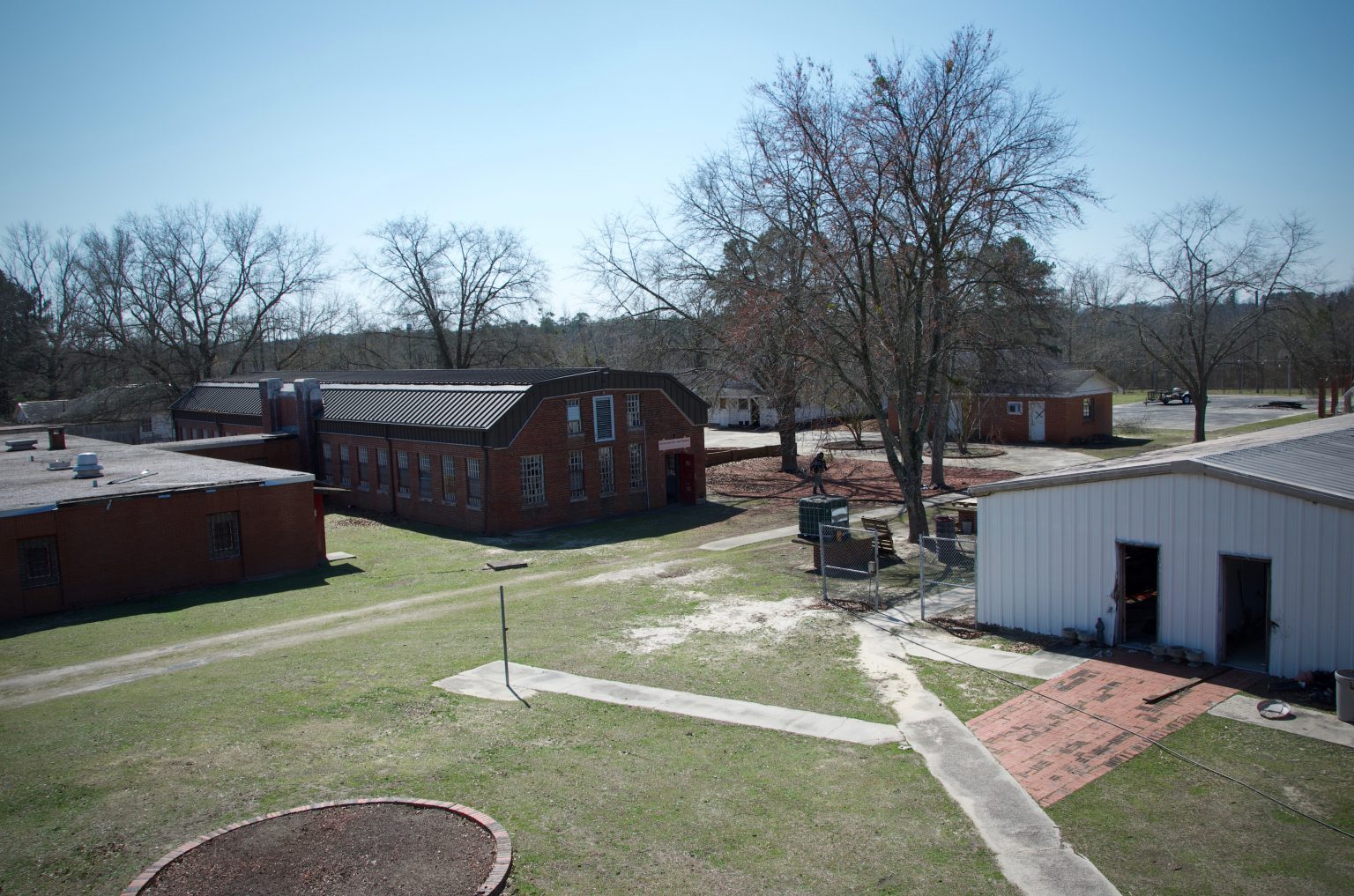
Being locked up as a kid is one of the most damaging experiences a person can have
During its first several years in existence, Growing Change engaged young men who were on intensive juvenile probation and had been kicked out of their schools and homes. But after 2016, the young people involved decided to change the eligibility requirements for future participants.
Now, they welcome their peers facing chaos at home, failure at school, trouble with mental health or substance abuse, and involvement with the criminal justice system. Many are also minorities or possess multiple ethnic identities in a country where racism and xenophobia are rampant.
Designed to help teens avoid the criminal justice system, which disproportionately imprisons people of colour, the program provides the young men with mental health treatment and the chance to develop workplace skills and a sense of self-efficacy, or the idea they can get from one point to another if they have a plan.
“These are the young men on which we build our adult prisons,” Growing Change Founder and Executive Director Noran Sanford told Christina Cooke, Associate Editor of North Carolina-based CivilEats.
Being locked up as a kid is one of the most damaging, opportunity-stripping experiences a person can have, he says. “As a clinician, as a social worker, as a mental health therapist, [I can tell you] it is one of the greatest risk factors in nearly every problem we’re dealing with today in our adult population.”
In his prison-flip work, Sanford has his sights set on a number of problems at once: the high number of young people entering the criminal justice system; the absence of job opportunities for veterans; the decline in small, independent farmers in the area; residents’ lack of access to local, sustainable food; and the health disparities between urban and rural areas.
Scotland County Commissioner Carol McCall, a Growing Change board member and retired social worker, appreciates the intersectionality of the project. “The vision to take something discarded, unsightly, and unproductive and turn it into a working organisation that serves a variety of purposes is unprecedented,” she says. “I’m really proud it’s happening right here in my own county.”
Source: CivilEats
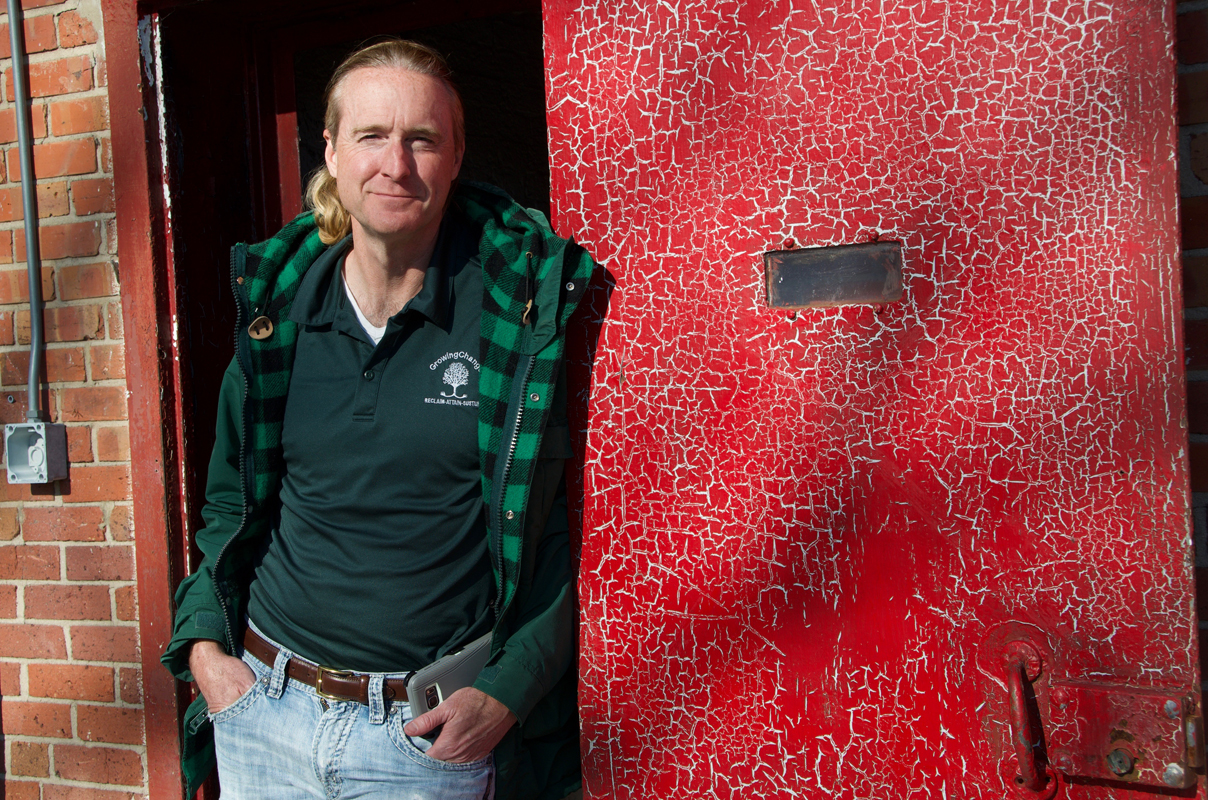
Growing Change: Instilling Hope in People and Place
A tall, thin white man in his early 50s with a long, graying ponytail, Noran Sanford grew up in the area and was working as a social worker and mental health therapist for youth and families in the juvenile justice system when he received an unexpected wakeup call in 2009. A middle-schooler he’d been working with—who was smart, good with people, and one of the best running backs Sanford had ever seen—was killed in a gang-related incident.
“I had to be honest with myself that the system had not done everything it could do, that I had not done everything I could do,” says Sanford. As a person of faith, he began to pray and spend structured time thinking about what he and the system could do differently.
At the same time, the old Scotland Correctional Center in Wagram, which he’d driven by dozens of times without considering, began to rise in his awareness. He learned that, up until the 1970s, North Carolina had made heavy use of inmates sentenced to chain gangs, including those housed at the Wagram prison, to build the state’s highways. Most of these prisoners were Black, and many had only been convicted of minor crimes. In 1979, North Carolina had more prisons and the highest incarceration rate of any state in the country.
When Sanford presented his idea of reclaiming the abandoned property, many of the young people he worked with thought he was “kind of kooky,” remembers Terrence Smith, who was part of the first cohort of 12 and is now the other salaried employee of Growing Change.
But once Sanford walked the young men through the property, handed them the keys, and asked them, “What do we do with this?” they grew excited about the possibilities, Smith says.
Growing Change: Instilling Hope in People and Place
In addition to providing off-site therapy, Growing Change puts youth in charge of creating and carrying out a collective vision for the former prison, situated on a 67-acre parcel a couple miles outside Wagram’s tiny downtown.
Although the master plan will take years to achieve, a number of elements are already in place: The current nine participants are keeping bees, rotationally grazing a herd of sheep they will use for wool and meat, caring for a flock of laying hens, composting food waste, tending a garden with organic methods, and managing vermiculture and soldier fly operations.
Down the road, they hope to create aquaponic tanks and cultivate mushrooms (in former prison cells) and introduce a certified community kitchen (in the galley), a prison history museum (in the barracks), a climbing wall (up a guard tower), a recording studio (in the freestanding hot box building), and staff quarters and office space.
A central focus of their efforts is giving back to their community. During the first few years, participants tended a garden and distributed free boxes of produce and flowers to their food-insecure neighbours.
And when the pandemic hit in March, the youth partnered with various agencies including Carolina Farm Stewardship to distribute boxes of food to people in need, including restaurant workers and furloughed hospital staff. They also planted a new garden on the former prison softball field that they will harvest in late summer and donate.
This direct service allows outsiders to begin seeing the young men differently, Sanford explains. He also arranges opportunities for them to present the prison-flip model they’re developing to university and government leaders across North Carolina, as well as at places like the Massachusetts Institute of Technology.
Source: CivilEats
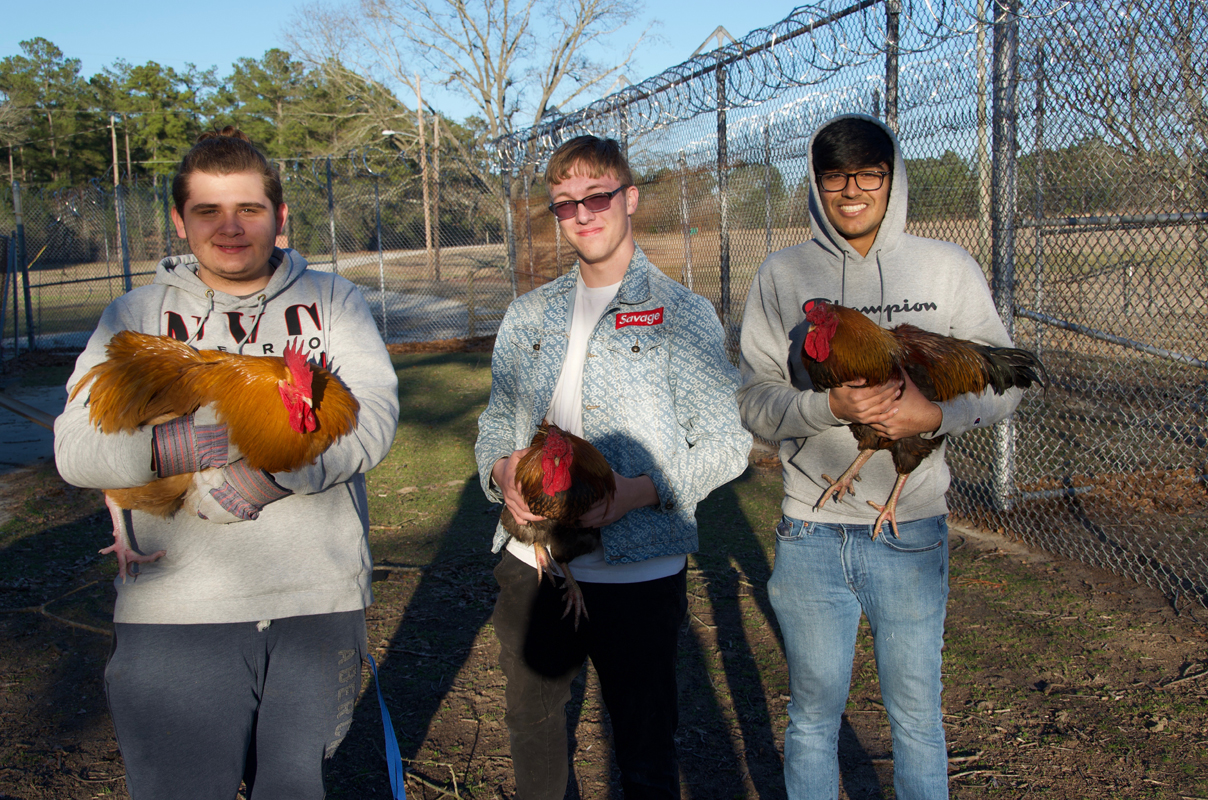
“At the core level, we are instilling hope,”
In addition to rehabilitating the youth and transforming the dark, oppressive space in Scotland County into something beneficial, Sanford hopes to provide a model for other places looking to do the same. Across the U.S., more than 300 prisons have been decommissioned, including 62 in North Carolina alone.
Most are in poor, rural areas and have closed because of the declining number of inmates in the U.S., the consolidation of many smaller prisons into fewer larger ones, and, at least in North Carolina, Sanford says, a number of reforms affecting when people are sent to prison.
“At the core level, we are instilling hope,” Sanford continues. “When hope is gone, it creates a pretty vicious void that a lot of other grimmer things can get pulled into. And as low-wealth rural America is left further behind, then that vacuum is stronger. We’re breaking that stream.”
The local cooperative extension and experts at the state’s two land-grant universities, N.C. State University (NCSU) and North Carolina Agricultural and Technical State University, have provided guidance and support through the entire project. Students at the NCSU School of Design helped craft the property’s master plan, and experts in topics like rotational grazing, mycology, and vermiculture also guide the youth.
Source: CivilEats
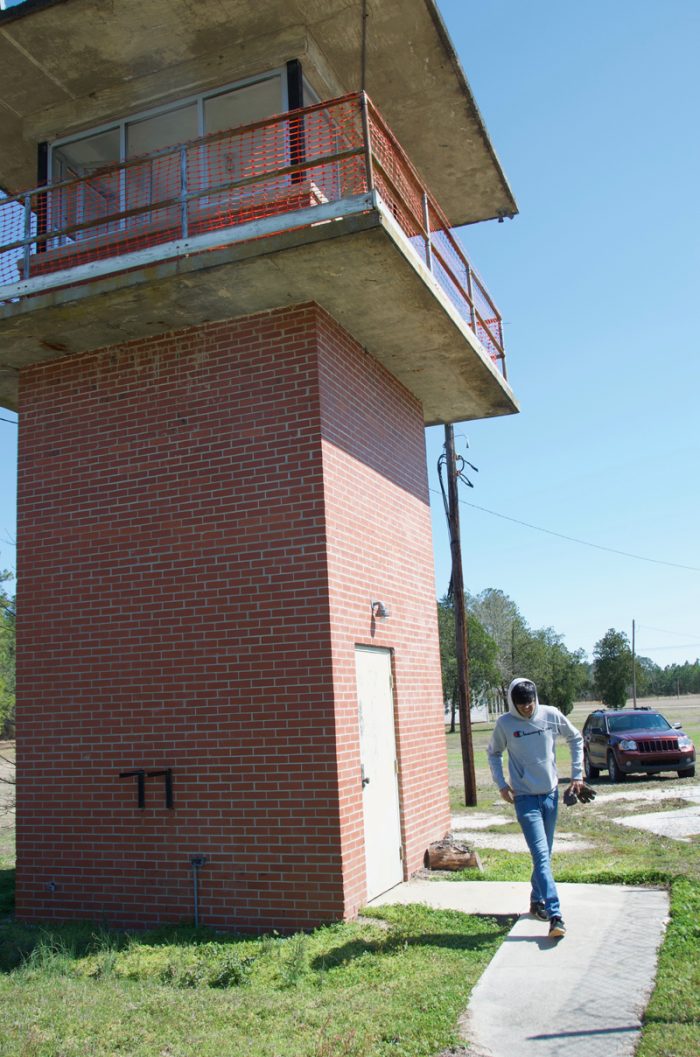
“I want us to be an example of what sustainable can look like,”
As the youth put the various elements of the massive project in place, Growing Change engages in a constant give-and-take with those around them. They receive around 600 pounds of discarded produce from the University of North Carolina at Pembroke (UNCP) each week; they redistribute the edible portions of that food to food banks, feed other scraps to the chickens, and give the spoiled pieces to either the compost pile or the soldier flies, whose larvae they’re raising to help feed the animals.
In all they do, Sanford looks for ways to create revenue streams to help compensate the youth and pay for the program. The farm sells eggs and salad greens to a nearby university, and it plans to sell meat and wool from the sheep as well. Though the garden they’re tending this spring will supply free food to the community, they eventually plan to grow the ingredients for chowchow—a recipe that honors the various backgrounds of program participants: collards for the Black youth, tomatoes for the Native Americans, cabbage for the Scots-Irish, and jalapeños for the Latinos—and offer the product for sale.
“Our county has many challenges,” Dr. Debby Hanmer, Growing Change board chair and founder of the sustainable agriculture program at the nearby UNCP. “I want us to be an example of what sustainable can look like, not just in agriculture, but in all things.”
So far, the program has proven effective at its central goal of keeping young men out of prison—for the 24 youth involved over the five-year period from 2011 to 2016, an internal study found it was 92 percent effective at preventing recidivism and adult incarceration.
Some say that the ultimate impact can’t be determined until years from now, once the “troubled” youth have grown up more and charted their own paths. But Sanford says he has seen noteworthy changes. “You see youth who are learning how to work successfully; they are being able to get control of substance abuse patterns; they are working through and stabilising some of their interpersonal relationships … And you see some healing within some family systems.” Additionally, Sanford says, participants have gone on to attend college, join the military, and secure steady employment.
Source: CivilEats
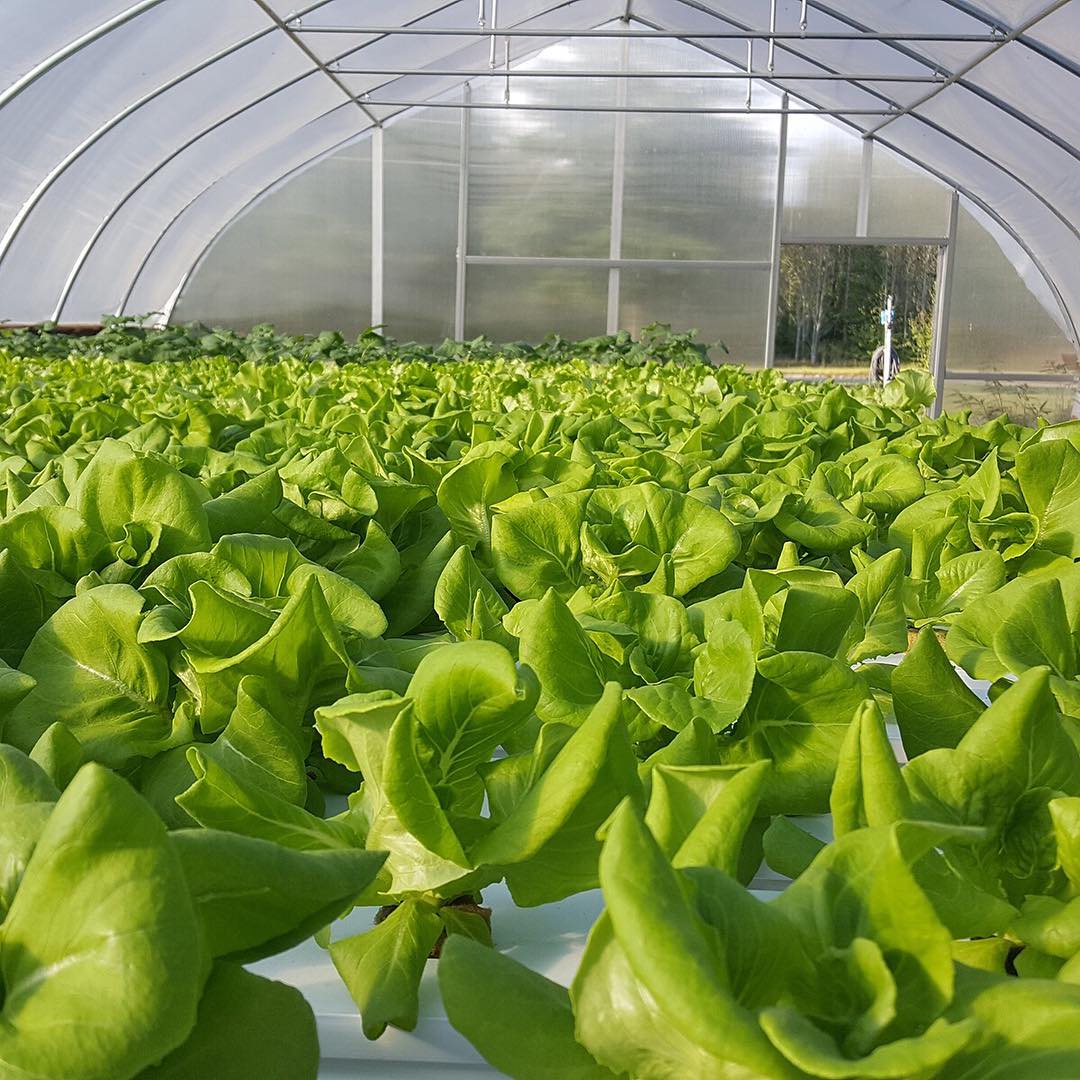
Proof of concept: creating a model to share
In hopes of helping others replicate the model, Sanford is in the process of creating an open-source prison-flipping model with step-by-step instructions and online resources. He is planning to distribute it to each of the 300 communities with a closed prison later this year via the national cooperative extension system.
Sanford hopes to help others in rural America convert spaces meant to confine and punish into spaces that nourish and rehabilitate. “If you look at a lot of these issues, especially around incarceration, it’s [been] a 90 percent urban conversation,” says Sanford. He wants to see that change.
At end of the day, the young people wrap up their projects and gather in the area being secured for the roosters. Strickland and two other young men retrieve the orange birds from their pens and set them down; two immediately begin to fight, fluffing their feathers and jumping toward each other. The young men hover, tempted to intervene. “Let ’em go,” Sanford says. “They’ve got to work this out.”
Please note: the above article draws from a much longer and in-depth piece—including personal interviews with the young men — ‘Youth Are Flipping an Abandoned North Carolina Prison into a Sustainable Farm‘ by Christina Cooke (Associate Editor) for CivilEats, the daily news source for critical thought about the American food system.
Source: CivilEats
INCREDIBLE EDIBLE: ONE ENGLISH TOWN’S EDIBLE LANDSCAPE SCHEME TAKES ROOT WORLDWIDE
When three women began turning disused green spaces in Yorkshire‘s former mill town of Todmorden into free food plots, they sewed the seeds of a global food-growers’ movement. See how they did it, and perhaps you can replicate it in your community?